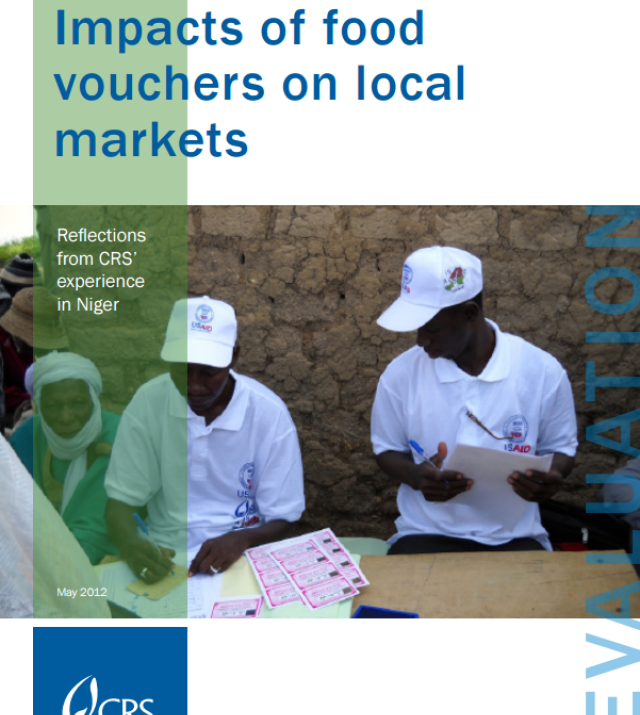Cash or In-Kind? Why Not Both? Response Analysis Lessons from Multimodal Programming

Humanitarians maintain “do no harm” as a fundamental operating principle. However, CaLP North America’s 2016 needs assessment found that the level of rigor and documentation applied in identifying and evaluating evidence about the effectiveness, appropriateness, efficiency, feasibility, and risk of different response options to decide on the “best fit” for a given humanitarian problem and context varies greatly between organizations. This process, known as “response [options] analysis,” justifies response decisions and demonstrates due diligence efforts to do no harm. As such, it is increasingly required for proposals to donors, including the recently released USAID Office of Food for Peace’s Emergency Food Security Program 2017 Annual Program Statement.
This research reviews lessons learned about response analysis from multimodal responses, that is, responses in which practitioners determined that more than one response modality between cash, vouchers, and in-kind, was a “best fit” or in which the conclusions about “best fit” changed over the course of the project. The research hypothesizes that comparing the reasons for choosing different types of response within the same project and among the same beneficiaries should provide concrete examples of the relative importance of different criteria in response and, by extension, the conditions under which cash or vouchers or in-kind assistance may be most appropriate.
This work does not aim to inform technical or operational considerations of how to do cash transfers or multimodal programming. Rather, this work is intended to help analysts, advisors, and decision-makers develop and articulate the nexus between emergency context and response through concrete examples of response analysis, both at project design and throughout a response.
The cases analyzed in this study span the globe and include low-, middle-, and high-income countries. The crises include sudden-onset and slow-onset natural disasters, as well as sudden-onset and protracted conflict.
